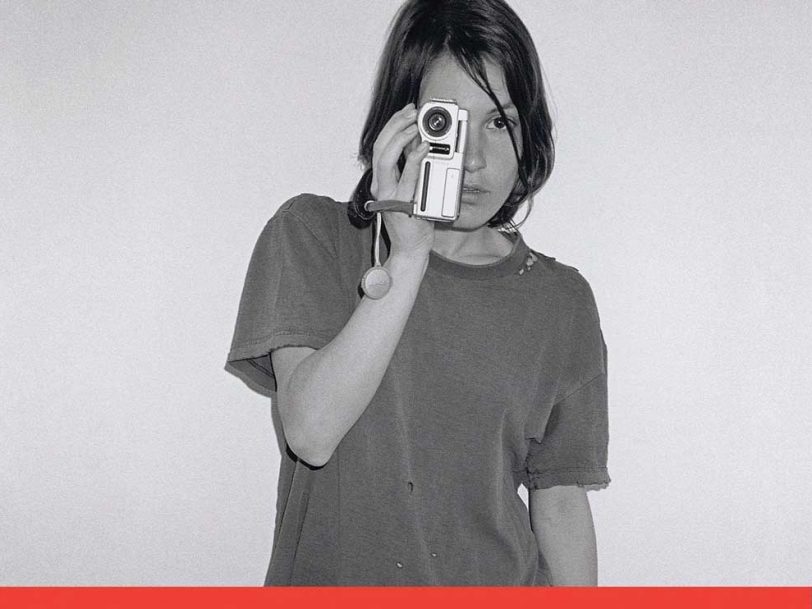As comebacks go, New Order’s seventh album, Get Ready, could give Lazarus a run for his money. Released eight years earlier, their previous album, Republic, had topped the UK charts, but Factory Records went bust during its recording, and the trauma left the group feeling tired, emotional and ready to throw in the towel.
Listen to ‘Get Ready’ here.
“Talk about time being a great healer”
Post-Republic, New Order never publicly announced a split, but they went on an open-ended hiatus, with the four band members turning to their own side projects during the mid-to-late-90s. As The Other Two, Stephen Morris and Gillian Gilbert released The Other Two & You; Bernard Sumner reconvened with Johnny Marr and issued Electronic’s Raise The Pressure; and Peter Hook’s Monaco achieved UK chart success with the single What Do You Want From Me? and their debut album, Music For Pleasure.
“Personally, I was enjoying my work with Monaco very much – we’d toured and had a great time doing it,” Hook recalled in his memoir, Substance: Inside New Order. “With the exception of the various shit flying around about the Haçienda” – the Manchester superclub bankrolled by Factory Records and New Order – “my working life was in pretty good shape. I had no desire to get back with New Order at all.”
However, New Order had reckoned without their redoubtable manager, Rob Gretton. Despite his often anarchic management style, Gretton was always the Manchester quartet’s truest believer and he continued to field calls from numerous promoters keen to book the group, even though they remained on hiatus. Determined to make the band finally decide whether they had a future or not, Gretton forced a band meeting in the spring of 1998.
“At this meeting, the funniest thing happened – we all really got on,” Hook recalled with astonishment. “I mean, talk about time being a great healer. It was actually nice to see them all again.”
This unexpected rapprochement led to New Order performing live again that same year, relishing the chance to play prestigious sets at Reading Festival and London’s Alexandra Palace. Indeed, despite Rob Gretton’s untimely death, in May 1999, the band were so buoyant they decided to press ahead with a new album.
“It was very happy, harmonious period”
Initial sessions for Get Ready began at Morris and Gilbert’s farm in rural Cheshire, yet while New Order had plenty of ideas for songs, it became apparent that Gilbert (and, to a lesser degree, Morris) wouldn’t be so involved, as one of their young daughters required full-time attention due to a serious medical condition.
As a result, most of the heavy lifting took place during sessions at Peter Gabriel’s Real World Studio, outside Bath (where New Order had previously recorded much of Technique), and at Monnow Valley in Wales. To man the console, the band enlisted Steve Osborne, the other half of Paul Oakenfold’s Perfecto Records’ production team. New Order were impressed with Osborne’s work on their initial comeback song, Brutal, recorded for the soundtrack for Danny Boyle’s The Beach, and they duly engaged him to produce their new album.




